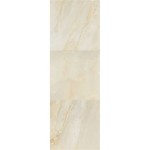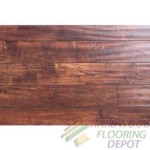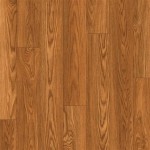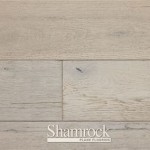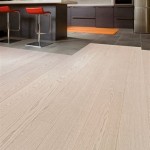Hardwood Flooring Hardness Levels: Essential Considerations for Durability
Hardwood flooring is renowned for its timeless beauty and durability, but not all wood species are created equal. Understanding hardwood flooring hardness levels is crucial for selecting a floor that can withstand the wear and tear of everyday life while maintaining its aesthetic appeal.
Janka Hardness Test: The Standard of Measurement
The Janka hardness test is the industry standard for measuring the hardness of wood species. It involves driving a steel ball into the wood surface and measuring the force required to do so. The higher the Janka hardness rating, the harder the wood and the more resistant it is to dents, scratches, and wear.
Hardwood species with a Janka hardness rating of 1000 or higher are considered very hard and suitable for high-traffic areas such as entryways, hallways, and living rooms. Examples include oak, maple, hickory, and walnut. Species with ratings between 500 and 1000 are moderately hard, ideal for bedrooms, dining rooms, and occasional use areas. For example, cherry, mahogany, and birch fall into this category.
Species with Janka hardness ratings below 500 are considered soft and are more prone to damage. They are best suited for low-traffic areas such as closets or spare rooms. Examples include pine, fir, and redwood.
Factors Affecting Hardness
Several factors influence the hardness of hardwood flooring, including:
* Species: Different tree species have varying densities and cellular structures that contribute to their hardness. * Growth conditions: Trees grown in harsh environments tend to develop denser wood with higher hardness ratings. * Moisture content: The moisture content of wood can affect its hardness. Drier wood is generally harder than wet wood.Choosing the Right Hardness Level
Selecting the appropriate hardwood flooring hardness level is essential for long-lasting beauty and durability. Consider the following factors:
* Traffic volume: High-traffic areas require harder wood species with Janka hardness ratings above 1000. * Footwear: Hardwood floors can be scratched by sharp objects, including pet claws and high heels. If you expect significant foot traffic, consider a harder wood. * Lifestyle: If you have an active lifestyle or frequently move heavy furniture, a harder wood is recommended. * Aesthetic preferences: While hardness is important, don't sacrifice aesthetic appeal. Choose a species that complements your home's style and décor.Additional Considerations
In addition to hardness levels, consider the following factors when selecting hardwood flooring:
* Grain pattern: Wood species have unique grain patterns that affect the overall look and feel of the floor. * Color: Wood species come in a wide range of colors, from light and airy to deep and rich. * Durability: Hardness is only one aspect of durability. Other factors, such as moisture resistance and wear resistance, should also be considered.By understanding hardwood flooring hardness levels and considering these additional factors, you can make an informed decision that will result in a beautiful, durable, and long-lasting floor.

Janka Hardness Scale Superior Flooring

Janka Hardness Scale Impressions Flooring Collection

Janka Scale A Step Above Flooring Installation Inc

The Janka Scale Blog Kt Hardwoods Inc
How Hard On The Mohs Scale Of Mineral Hardness Is A Hardwood Floor Are Some Floors Harder Than Others And By Much Quora

A Homeowner S Guide To Hardwood Floor Hardness Flooring

Janka Wood Flooring Hardness Chart

What Is The Janka Wood Hardness Scale Family Handyman

Hardwood Hardness Ratings Woodchuck Flooring San Diego

Hardwood Hardness Chart Floor Depot

